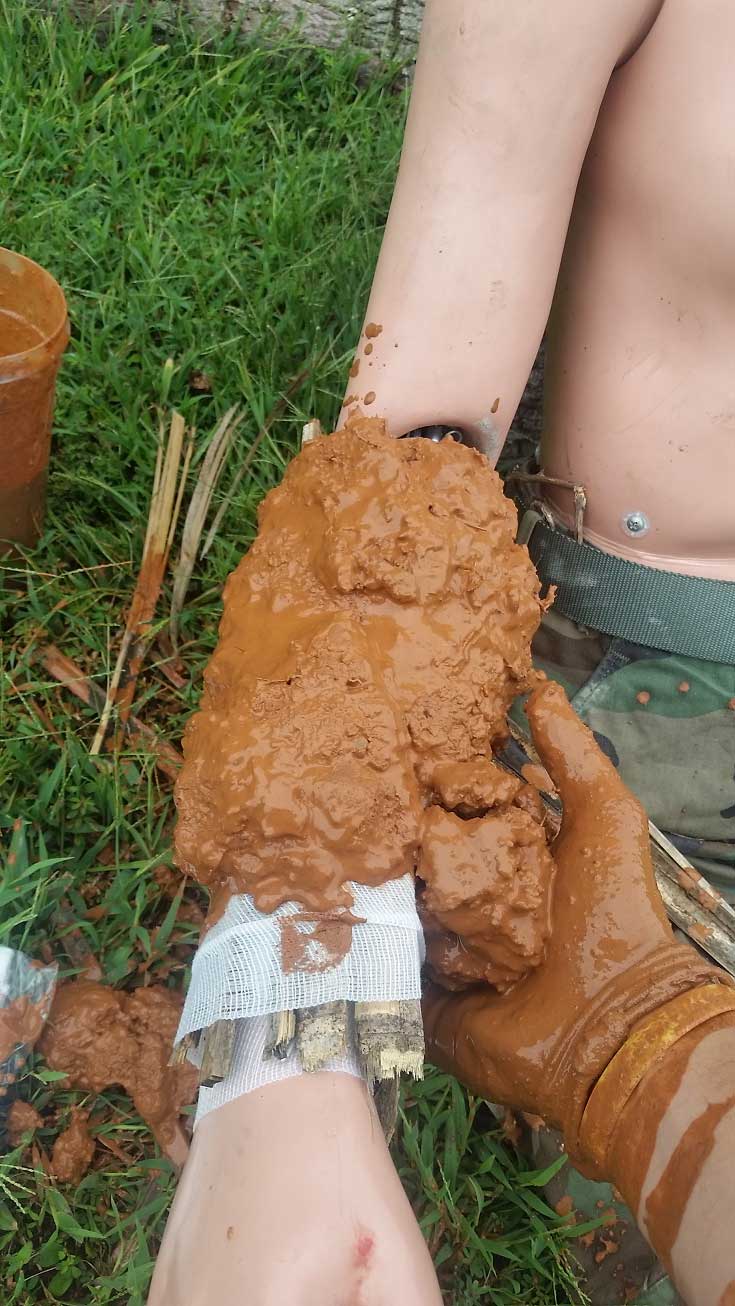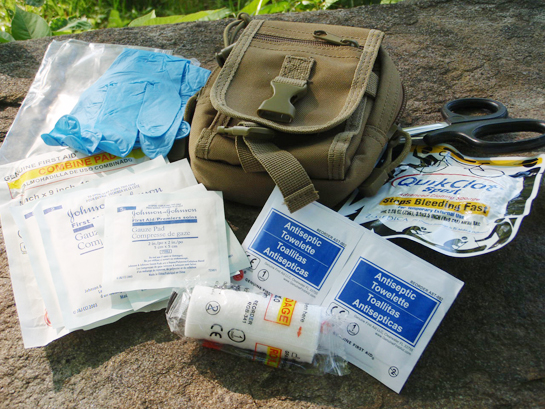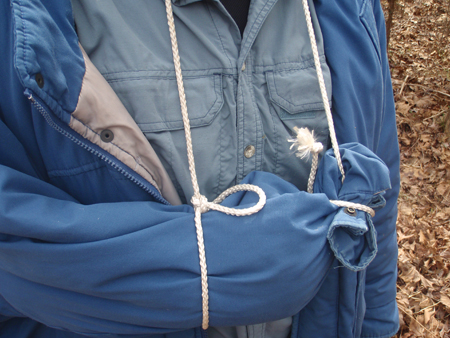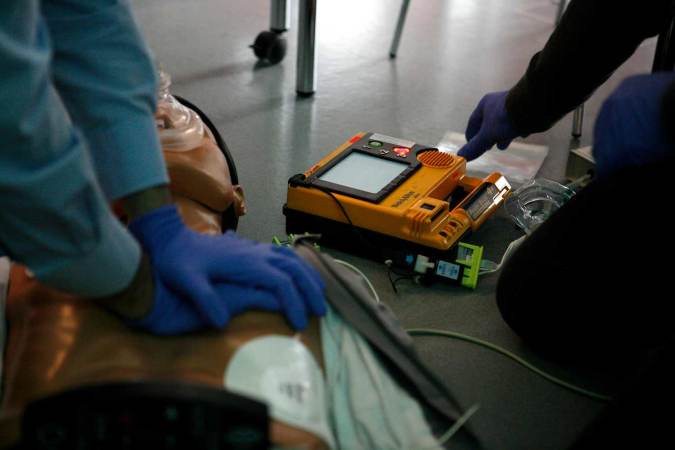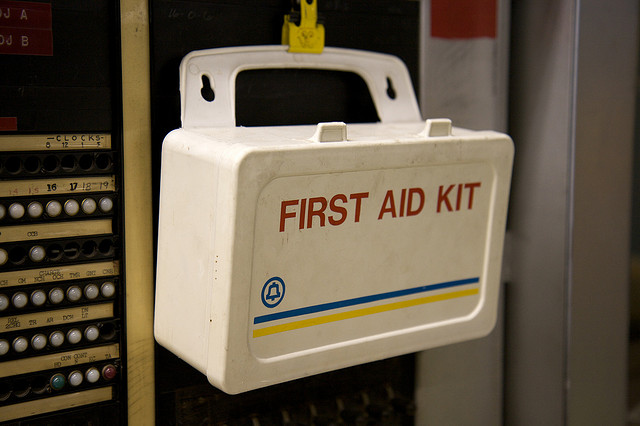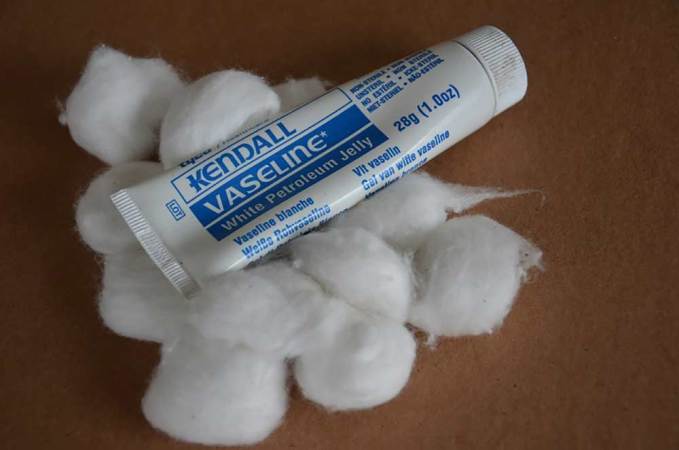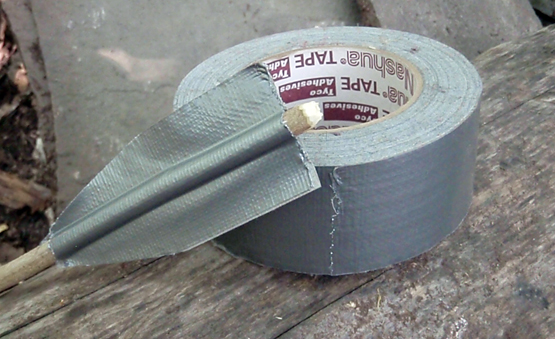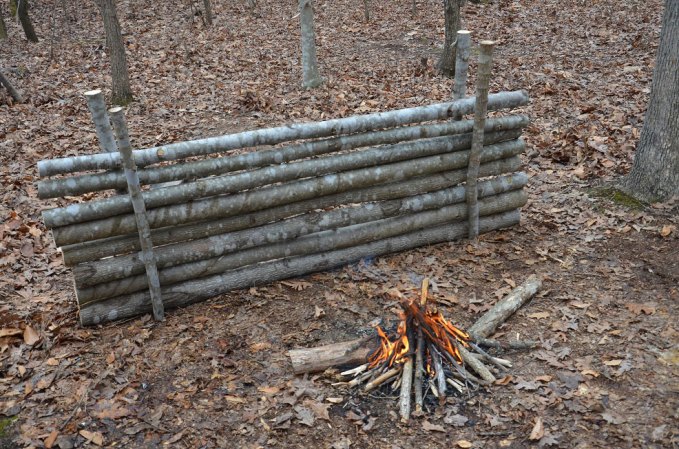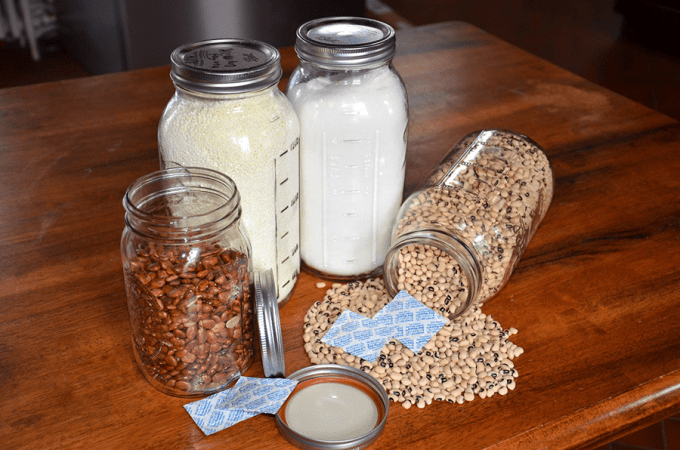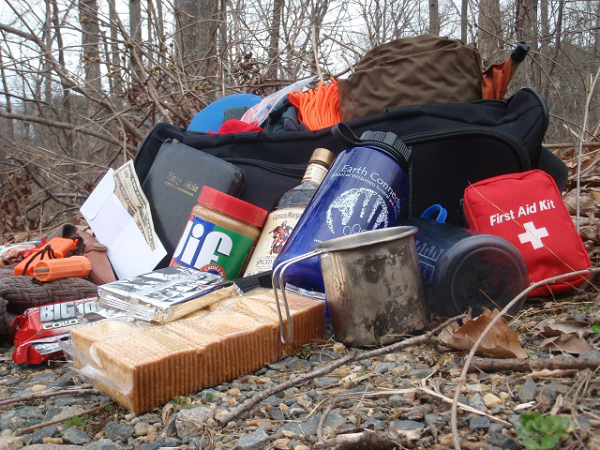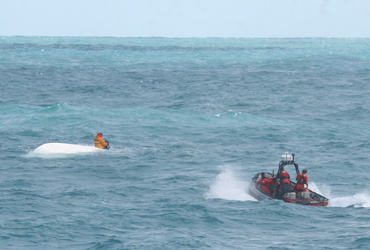A broken wrist or a fractured forearm may not be a killer, but those conditions can prove excruciatingly painful, and pose major impediments in the field. As I learned at a recent disaster medicine class, taught by Rick Pyle of American Medical Preparedness, these injuries need to be stabilized and supported to reduce pain and limit further damage. If you can’t get out of the backcountry to the doctor or if you have no access to medical care in a disaster, you can try an old technique for limb stabilization: the mud cast. Here’s how I learned to make one.
1. Find Some Clay
Mud with high clay content is ideal for this cast technique. Check out river banks and other wet areas for clay that is moist and ready to go. Test the quality of the clay by rolling the mud into cigar shaped pieces and bending them. The more they flex without breaking, the better they will work for the cast. You’ll need about one quart of clay-rich mud for a forearm cast, and more mud for bigger casts.
2. Wrap the Limb
Rolled gauze is a great medical item, but any cloth will work for the initial limb padding. Wrap strips of cloth around the injured limb and add a few sticks for stabilization. Wrap your material over the sticks to keep them in place. Put a ball of cloth or gauze in the hand to pad it as well. Place the wrist in a “position of use,” which means the back of the hand is slightly lifted.
3. Add Mud and Cloth
Begin to add a layer of mud over the cloth, and add additional strips of cloth. Rolled gauze is excellent for this, since the mud will squish through it. Add more layers of mud and fabric until the desired size and shape are reached (roughly the size and shape of a normal cast).
4. Use a Sling and Swath
For arm casts, improvise a sling from available materials or use a cravat. Place the arm in the sling and allow the cast to dry. For additional support, tie a long bandage around the entire limb and torso (swath).
Once the mud dries, this crude-but-effective cast will be much heavier than a modern orthopedic cast. However, it is very supportive and made from available materials in almost any location. Thanks again to American Medical Preparedness for sharing this creative and game-changing technique.
Ever had to splint an arm or leg in the field? Please share your story by leaving a comment.
